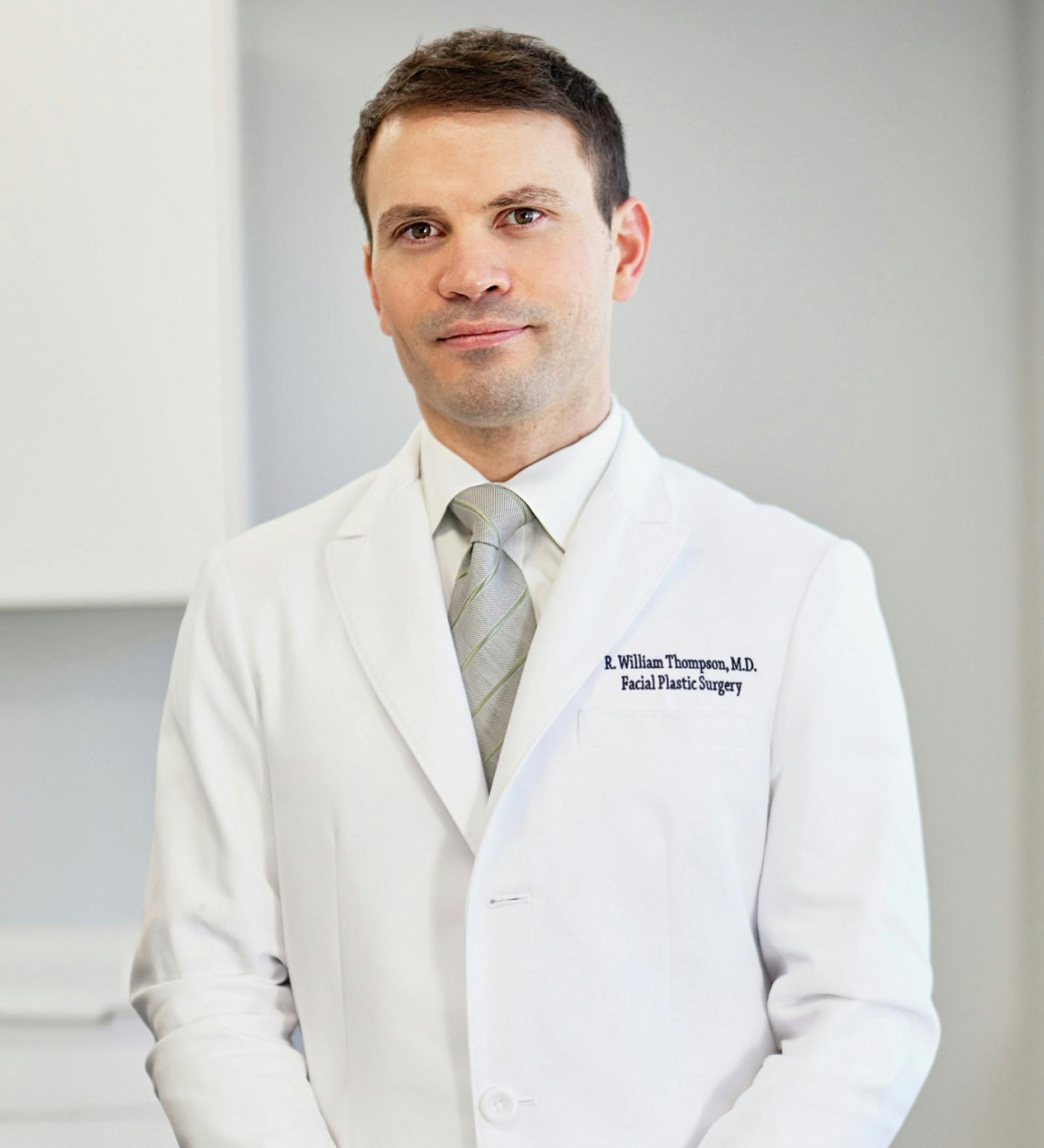Getting an Initial Consultation
Given that this is a procedure where you want to ensure your specific desires are understood, there are bound to be questions about the process. Dr. Will Thompson will meet with you in his Denver, CO, offices to go over every step of the journey. He will perform a physical examination of your nose, taking into account your ethnic background and facial features. This examination will help him determine which treatment options best achieve the desired results.
During the consultation, Dr. Thompson will discuss the various treatment options for ethnic rhinoplasty. These may include:
- Augmentation rhinoplasty involves adding tissue or implants to the nose to increase its size or alter its shape.
- Reduction rhinoplasty involves removing tissue from the nose to decrease its size or alter its shape.
- Tip rhinoplasty: This involves reshaping the tip of the nose to create a more defined or refined appearance.
- Bridge rhinoplasty: This involves reshaping the bridge of the nose to create a more symmetrical or balanced appearance.
He will also discuss the risks and benefits of each treatment option, the recovery process, and any potential complications. By the end of the consultation, you should clearly understand the treatment options available and what to expect from the procedure.






